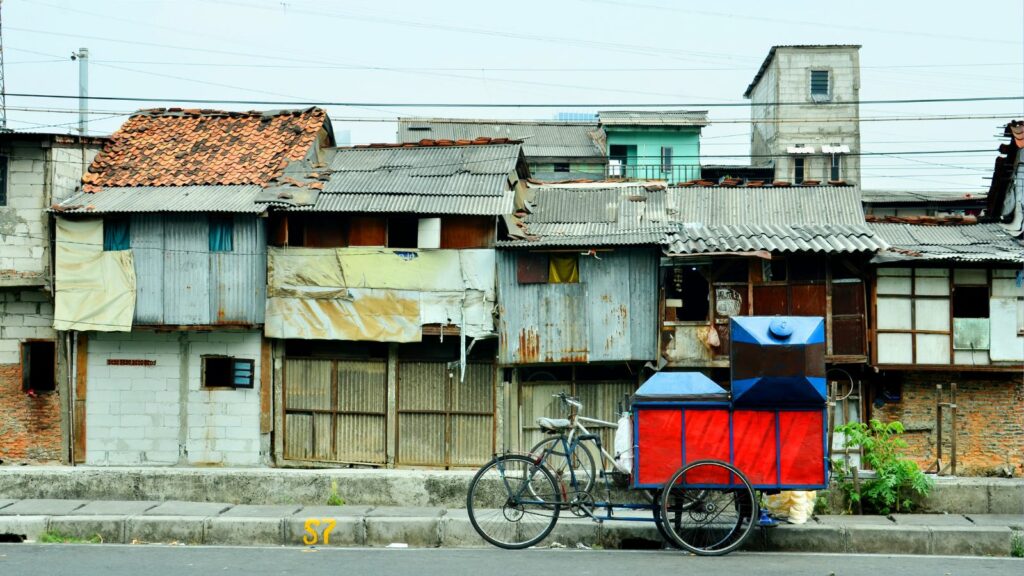Small towns play a crucial role in maintaining a balance in population, economy, growth, and peace within a country. While high-tech cities also hold their significance, small towns and villages provide the food we eat, effectively nourishing the nation. Small businesses, agriculture, and purity are the charms of small towns, slowly fading away. Let us examine the 20 alarming realities of urbanization affecting small towns.
Job Opportunities

Despite their tranquility, small cities hold little appeal for the younger generation. They are drawn to urban life to pursue a bright and prosperous future. The glittering opportunities of cities truly reflect their dreams and aspirations.
Developed Infrastructure

Main cities continue progressing and developing stronger infrastructure, while small towns and villages lack such facilities. Poor infrastructure significantly limits these small towns, adversely affecting the residents.
Higher Education

Education is a fundamental necessity for a better life. Big cities have established and advanced educational institutions compared to rural areas. People are often compelled to move to urban areas in search of better education and future opportunities.
Medical Facilities

Small towns often lack basic medical facilities because qualified doctors are generally uninterested in working in rural areas. This situation compels many to move to urban cities for better healthcare, as health is essential.
Small Businesses Failure

Small towns rely on small businesses that operate on a day-to-day basis. Unfortunately, these small businesses often fail to capture the interest of younger generations, who are more intrigued by the exciting prospects of urban cities. For many, moving to these cities is the ultimate dream, and it poses one of the most significant challenges facing small towns today.
Drastic Climate Changes
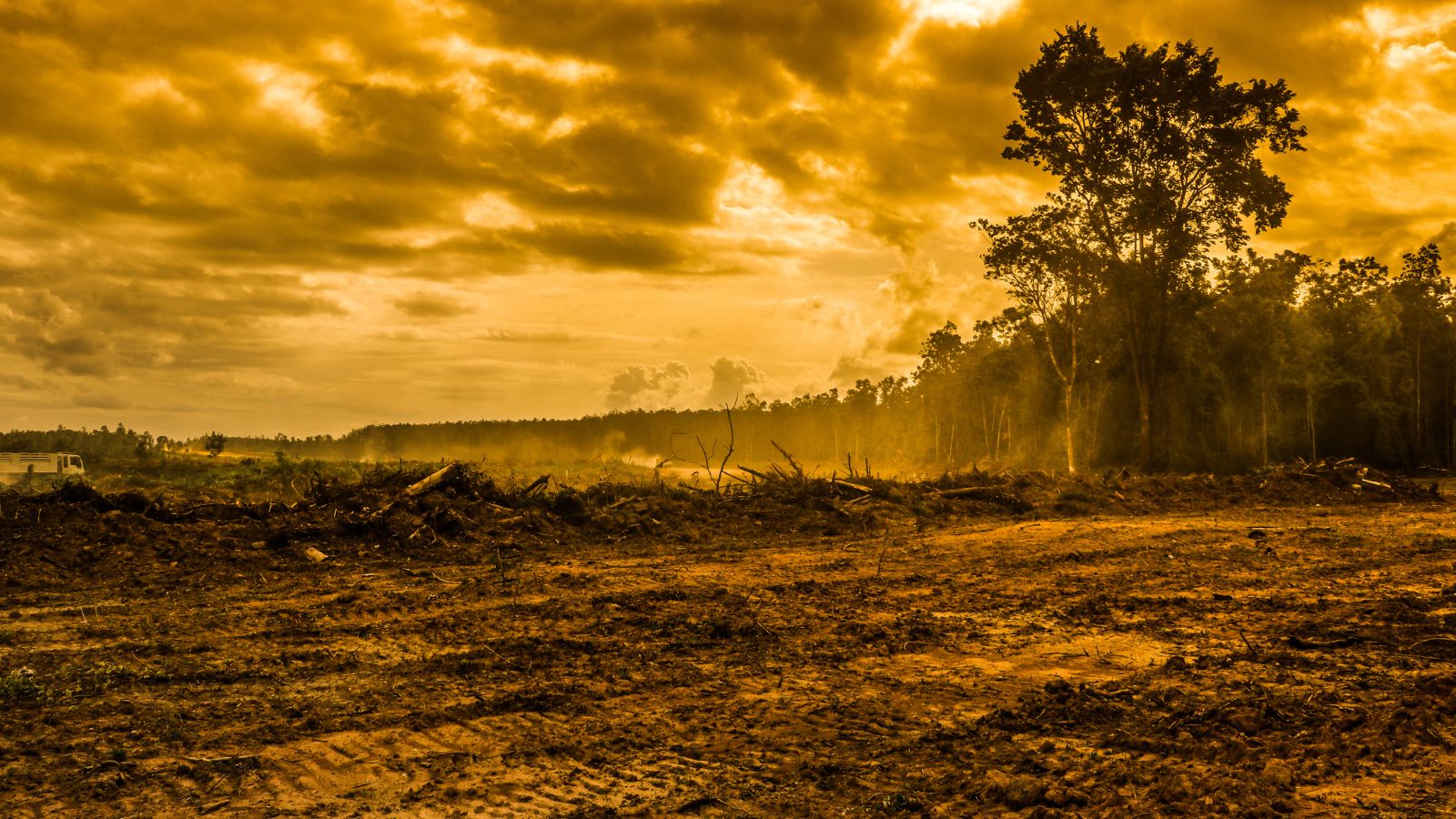
Urbanization has a significant negative impact on the environment. The primary culprits are industrialization and automobile pollution, affecting smaller towns. The greenhouse effect leads to global warming, the main driver of climate change that affects people worldwide.
Water Pollution

Urbanization means industrialization and a large population surviving on few resources. How much of the infrastructure develops will never be enough to manage the ever-increasing population, resulting in poor water waste management. All this waste ends up in the small towns affected by their environment and surroundings.
Reduced Taxes

The population of small towns tends to be low due to increasing urbanization, which results in reduced tax revenue. A smaller population leads to lower taxes and less development, creating a cycle contributing to a lack of resources and weak infrastructure.
Increasing Poverty
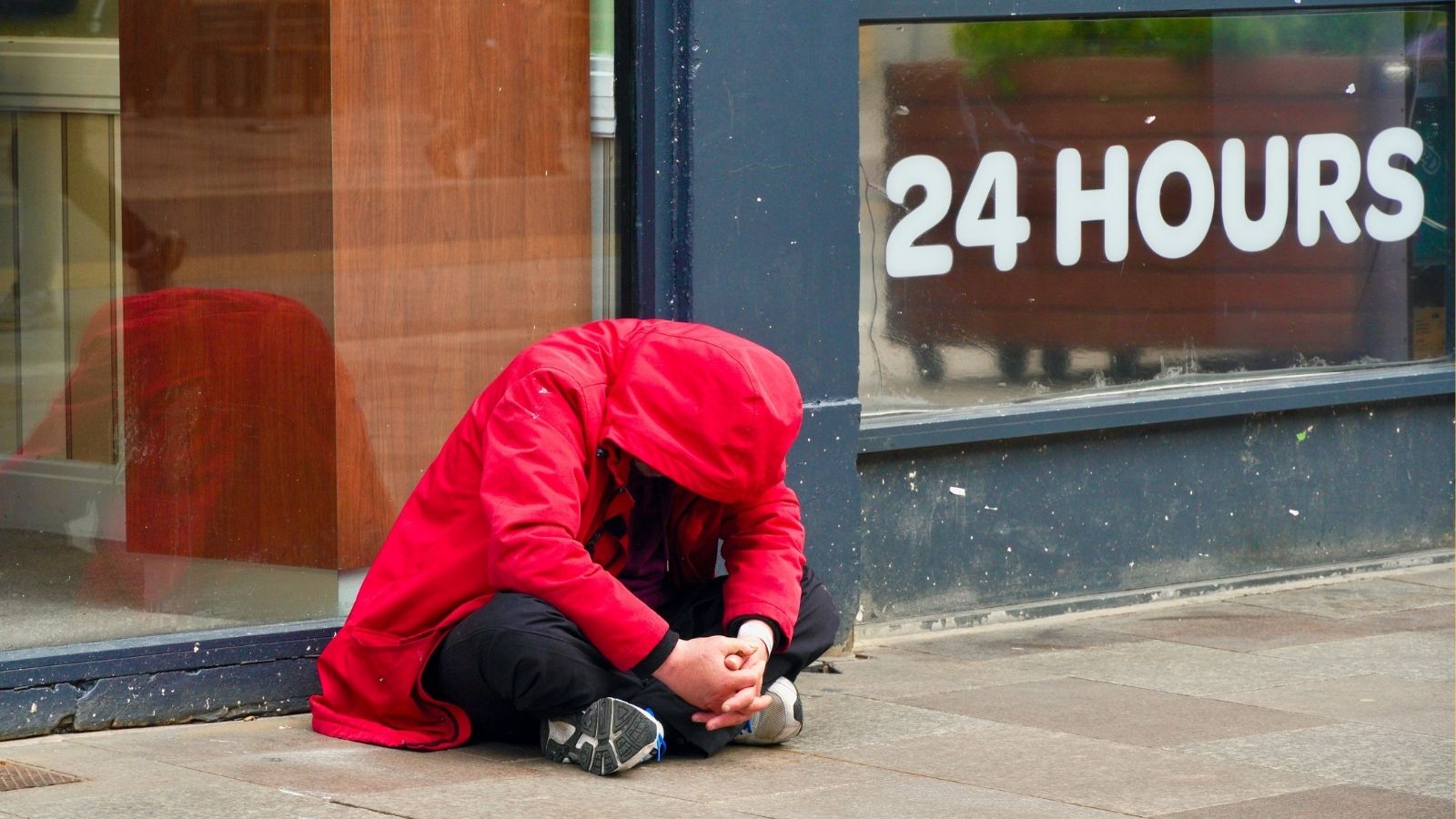
Small-town life is difficult because of the lack of facilities compared to urban cities. Hence, fascinating people migrate there for betterment. This factor is alarmingly affecting the quality of city life, leading to increasing poverty, as people are resources for the development of a place.
Decreased Quality of Life

Urbanization significantly impacts the quality of life in small towns. Factors such as limited resources, a lack of job opportunities, weak infrastructure, and overcrowded environments contribute to this decline. Together, these elements create challenges that greatly diminish the overall living conditions in these communities.
Traditional Industrial Decline

Traditional small industries face challenges due to weak economic conditions, fewer job opportunities, and business closures. The economic impact of urbanization on the survival of small towns is overwhelming, and it plays a significant role in this issue.
Residential Crisis
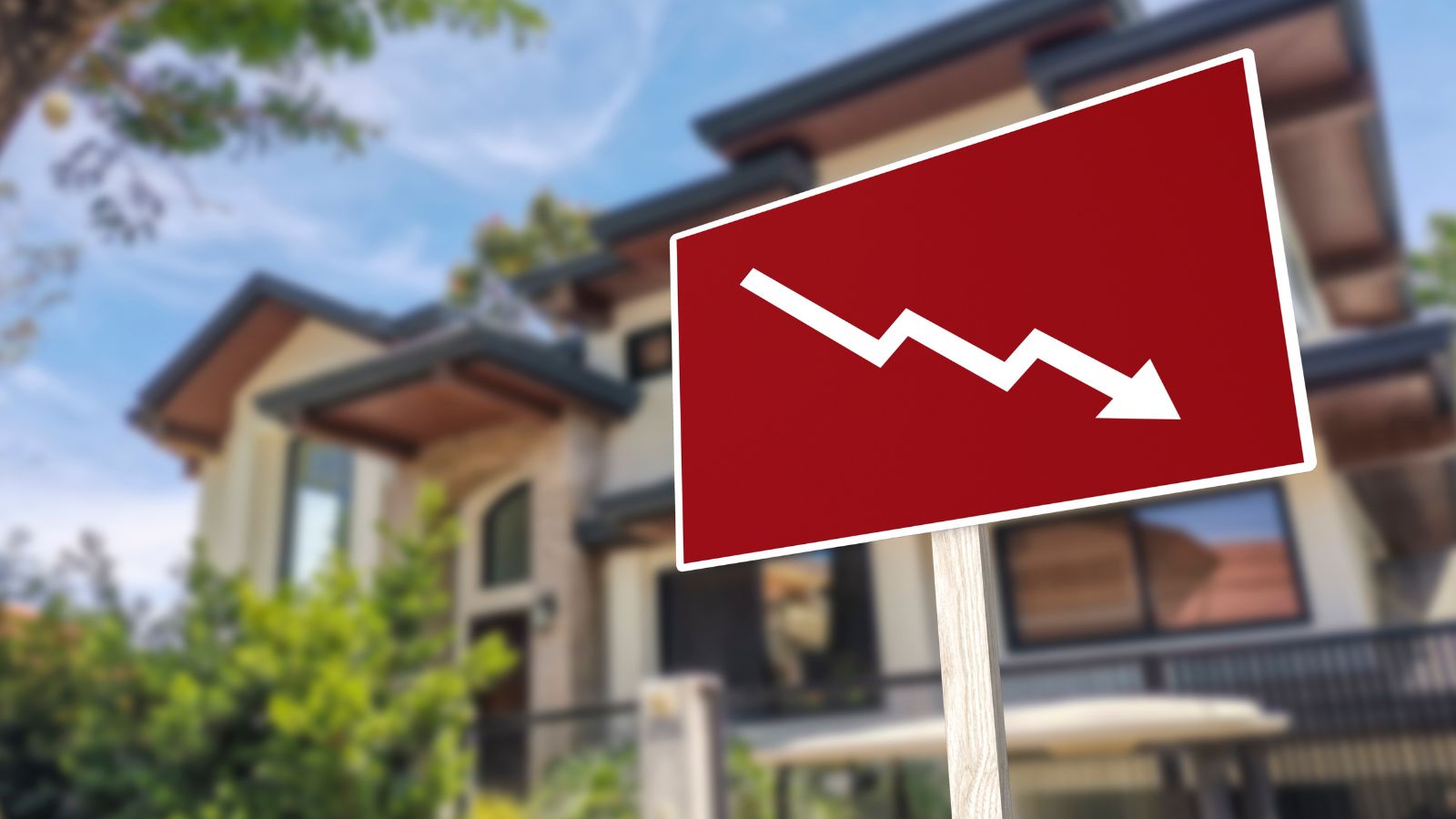
As urbanization increases, there is a growing demand for larger residential areas. This leads to an overall rise in housing prices, making it difficult for many people to find affordable living spaces. Small towns have merged into these expanding urban residential colonies and have gradually become extinct.
Elderly Population

Many young people relocate to urban areas in pursuit of their dreams. As a result, the population of elderly individuals in rural areas is increasing, leading to a higher demand for medical healthcare facilities and social services.
Cultural Delusion

Urbanization significantly contributes to cultural confusion as small towns merge into larger cities. This process threatens small towns’ survival and introduces new residents and cultural diversity to the population, ultimately leading to increased cultural confusion.
Unavailability of Food

An influx of people leads to a greater variety of food options. As urbanization increases, small towns lose access to healthy and diverse food choices. In contrast, big cities have numerous large grocery stores, and places like Walmart offer a wide range of affordable food.
Traffic Congestion
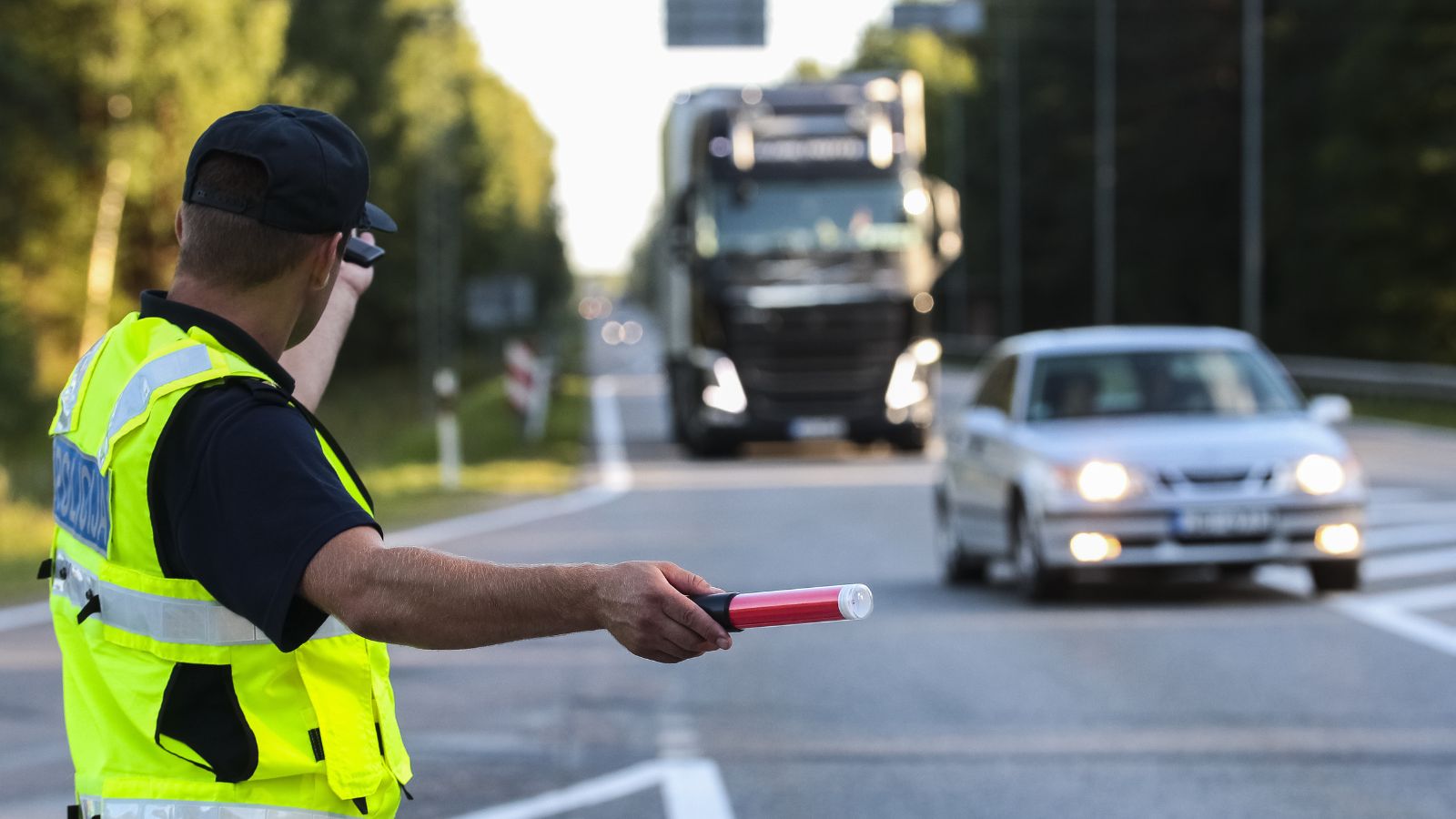
Many people commute daily from small towns to urban cities for work. Balancing the pursuit of one’s dreams with the need to make ends meet can be challenging. Many individuals face the tough decision of choosing between these two priorities. Commuting daily is far from ideal, as it often leads to longer travel times and makes it difficult to maintain a good quality of life.
Transportation Issues
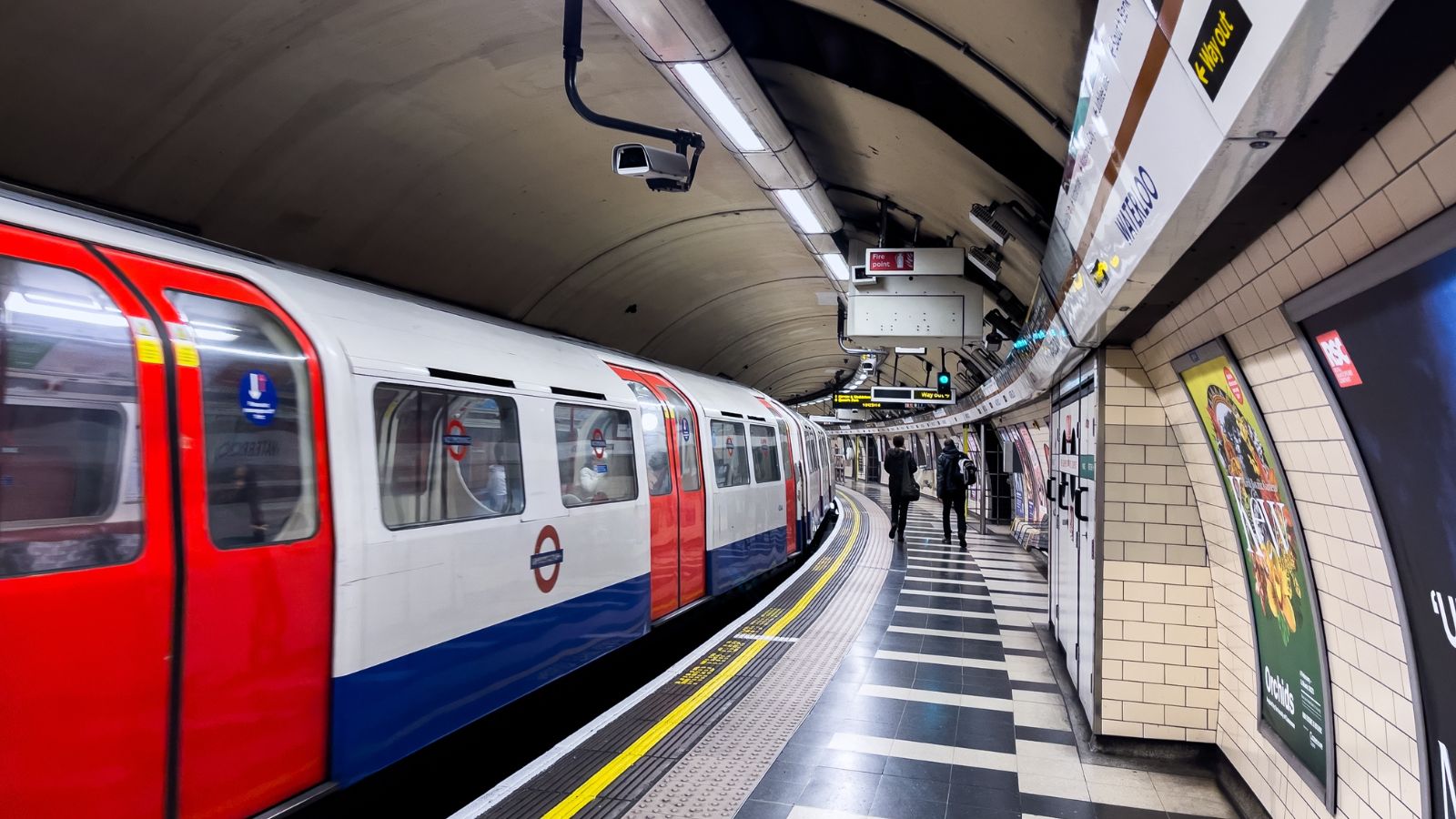
Small towns often remain small due to several factors, with the lack of basic facilities being a major one. Limitations exist in every area, including transportation. The transportation system in these towns is often underdeveloped, making it challenging for individuals without private vehicles to travel. The unavailability of public transportation and inadequate railway services further complicate mobility for residents.
Increased Crime Rate

The deteriorating economic conditions and the closure of many small businesses have created an unsettling environment that contributes to increased crime rates. A significant portion of the population has already migrated to urban cities, worsening small towns’ economic situation. As a result, theft and robbery incidents have risen, leading to a decline in the quality of small-town life.
Limited Social Engagement

The social life in a community largely depends on its residents. In smaller, overlooked towns, many inhabitants migrate to urban areas, leaving behind fewer people. As the population declines, those who remain often become more involved in political activities and community events.
Lack of Digital Facilities

Today’s world largely relies on new digital technologies and advancements for survival. These advanced facilities are more accessible in urban areas than in small towns. Better internet availability and speed are typically found in cities, leaving many small towns behind.
Conclusion

The charming organic lifestyles of small towns are under threat from rapid urbanization. As cities expand, these towns are left behind, facing dwindling populations and a loss of warmth, values, and cherished memories. Once deeply rooted in tradition, these communities are fading into the past. Small towns embody the heritage and customs of their regions and deserve to be revived.
